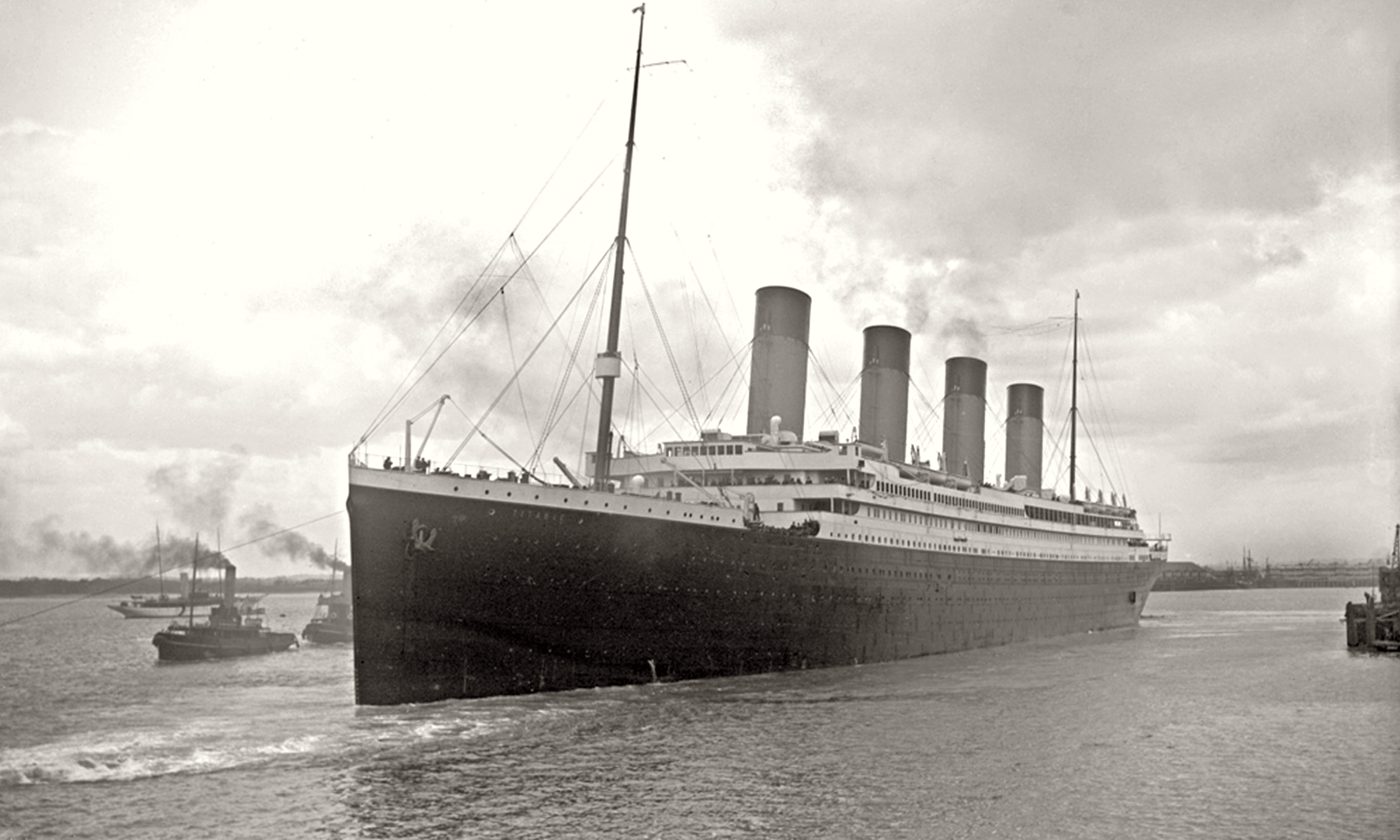10 Foods That Were Originally Meant to Be Something Else
In the vast tapestry of human history, food has played a central role in survival and cultural evolution. The journey of food from its wild origins to its place on our plates is a narrative of adaptation, innovation, and sometimes, serendipity. Many of the foods we take for granted today have undergone fascinating transformations, finding new destinies that our ancestors never imagined. This article embarks on a journey to uncover the surprising origins and evolutions of 10 such foods, shedding light on how they have been reimagined and repurposed over time. From humble beginnings as foraged roots or fruits to becoming staples in global cuisines or even the basis of entirely new industries, these foods tell stories of human ingenuity and the ever-changing relationship between mankind and nature. As we delve into each section, we'll explore how historical events, cultural exchanges, and scientific advancements have shaped the destinies of these foods, transforming them into the beloved ingredients we know today.
1. Radishes: From Medicinal Root to Culinary Delight
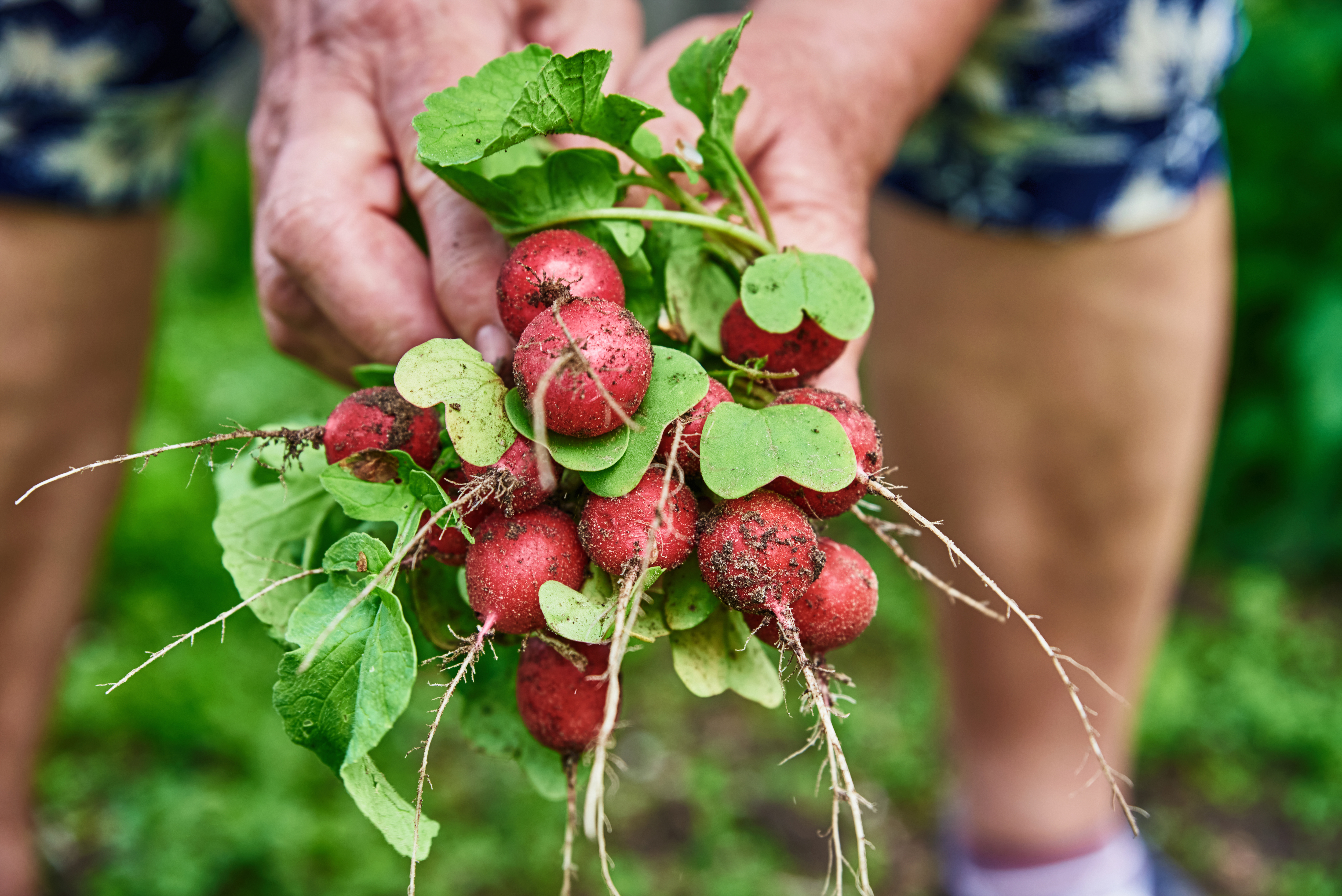
Radishes, those crisp and peppery root vegetables, have a history that dates back to ancient civilizations. Originally cultivated in Southeast Asia, radishes were primarily valued for their medicinal properties. Ancient Chinese and Egyptian texts reference radishes as remedies for various ailments, including digestive issues and skin disorders. It wasn't until the vegetable made its way to Europe that it began to be appreciated for its culinary potential. The Greeks and Romans were among the first to incorporate radishes into their diets, often serving them with honey and vinegar as a palate cleanser. As trade routes expanded, radishes travelled to different parts of the world, adapting to new climates and culinary traditions. In Japan, for instance, the daikon radish became a staple, used in everything from pickles to soups. In Mexico, the annual Night of the Radishes festival celebrates the vegetable with intricate carvings and elaborate displays. Today, radishes are versatile, enjoyed raw in salads, roasted as a side dish, or even fermented. Their journey from a medicinal root to a culinary delight highlights the dynamic nature of food evolution, driven by cultural exchanges and human creativity.
2. Chocolate: From Bitter Brew to Sweet Indulgence

Chocolate's transformation from a bitter brew to a sweet indulgence is a tale of cultural adaptation and technological innovation. Originating in Mesoamerica, cacao beans were used by the Aztecs and Maya to make a bitter, frothy drink often flavoured with spices like chilli and vanilla. This beverage was considered sacred and consumed during religious rituals and by the elite. When Spanish explorers encountered cacao in the 16th century, they brought it back to Europe, where it underwent a significant transformation. Adding sugar and milk turned the bitter drink into a sweet treat, making it more palatable to European tastes. The Industrial Revolution further revolutionized chocolate production with innovations such as the conching process and the invention of milk chocolate by Daniel Peter and Henri Nestlé. These advancements made chocolate more accessible and affordable, cementing its place as a beloved confectionery. Today, chocolate is a global phenomenon, available in countless forms and flavours, from artisanal dark chocolates to mass-produced candy bars. Its journey from a ceremonial drink to a ubiquitous treat underscores the impact of cultural exchanges and technological progress on food evolution.
3. Tomatoes: From Poisonous Curiosity to Culinary Staple
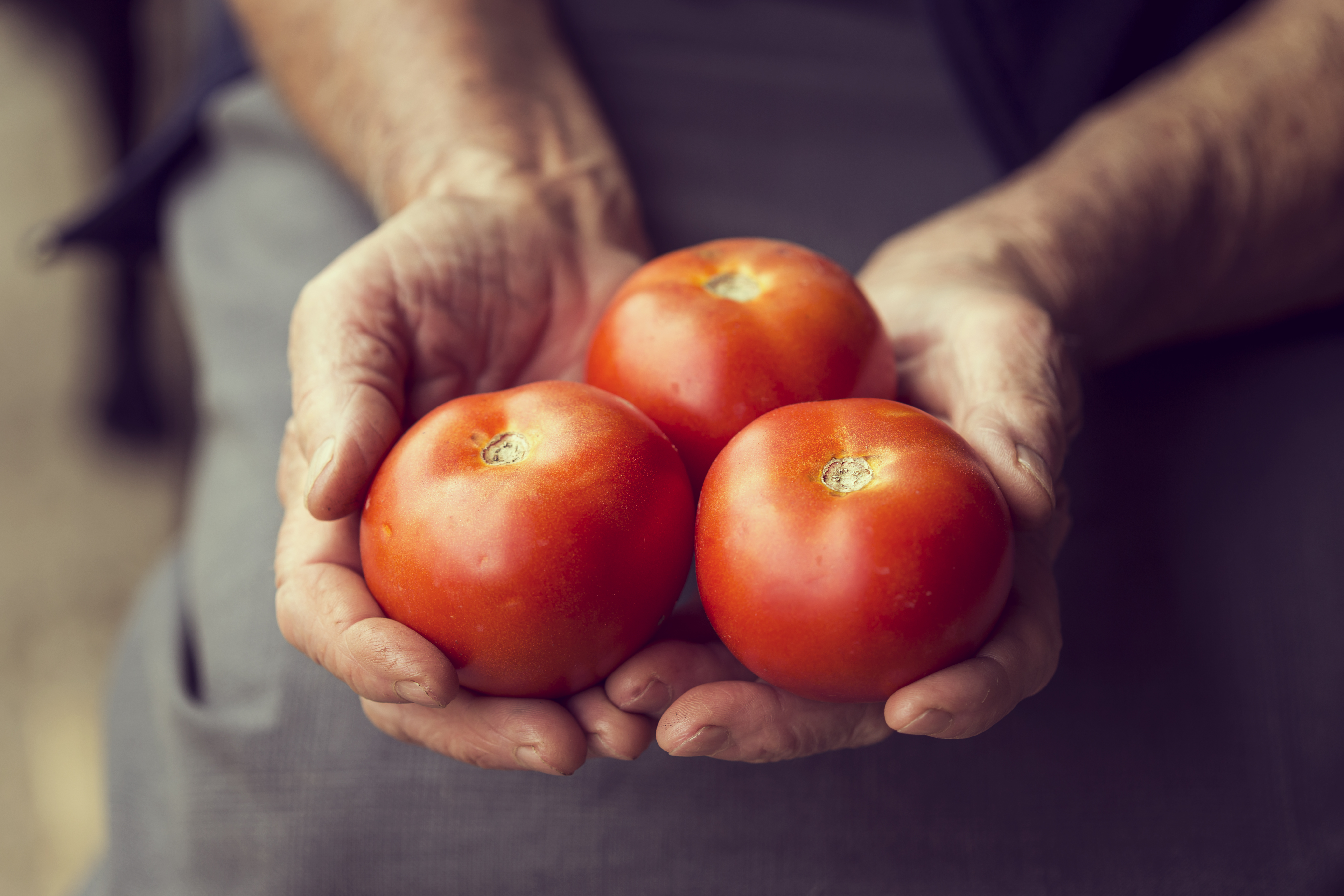
The tomato's transformation from a feared fruit to a culinary staple is a fascinating story of changing perceptions and culinary innovation. Native to the Andes in South America, tomatoes were initially cultivated by the Aztecs, who called them "tomatl." When Spanish explorers brought tomatoes to Europe in the 16th century, they were met with suspicion. Many Europeans believed tomatoes were poisonous, associating them with the deadly nightshade family due to their similar appearance. Despite these fears, tomatoes gradually gained acceptance, particularly in Italy, where they became a key ingredient in sauces and dishes like pizza and pasta. The 19th century saw a surge in tomato cultivation and consumption, driven by the development of canning technology and the rise of Italian-American cuisine. Today, tomatoes are a cornerstone of global cuisine, used in everything from salads to salsas, soups to sauces. Their journey from a botanical curiosity to a culinary staple reflects the power of cultural adaptation and the breaking down of food taboos through experimentation and acceptance.
4. Corn: From Sacred Crop to Industrial Giant
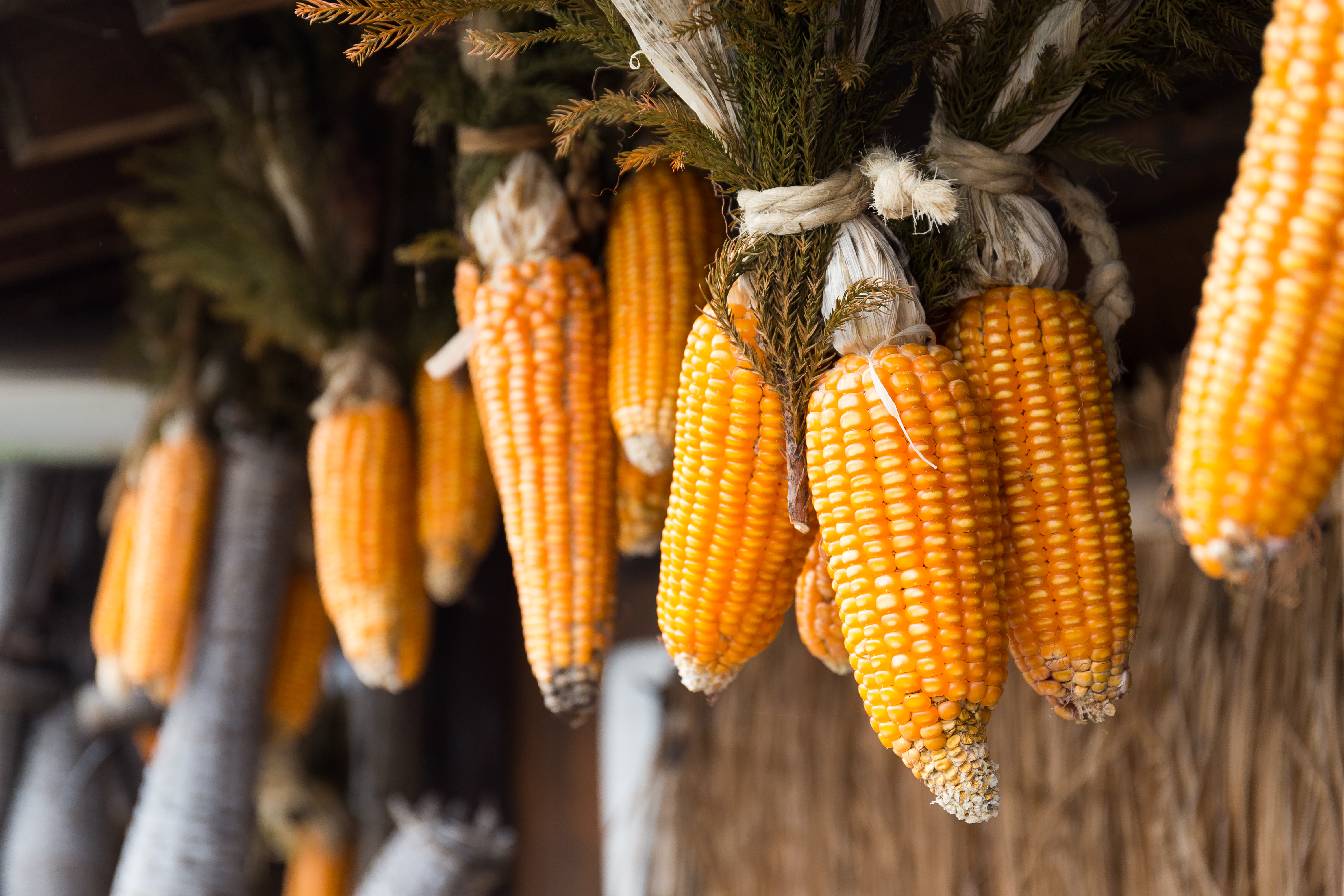
Corn, or maize, has a rich history as a sacred crop among indigenous peoples of the Americas. Cultivated for thousands of years, corn was a central component of the diet and culture of civilizations like the Maya, Aztecs, and Incas. It was not only a food source but also held spiritual significance, often featured in religious ceremonies and myths. When European colonists arrived in the Americas, they quickly adopted corn, recognizing its agricultural potential and versatility. The 20th century saw corn's transformation into an industrial giant, driven by agricultural and biotechnology advancements. Today, corn is a staple food and a key ingredient in a wide array of products, from biofuels to sweeteners like high-fructose corn syrup. Its journey from a sacred crop to an industrial powerhouse highlights the intersection of tradition and innovation and the complex relationship between agriculture and industry. Corn's evolution reflects broader trends in food production and consumption, where economic and technological forces shape the destiny of crops.
5. Potatoes: From Peruvian Highlands to Global Comfort Food
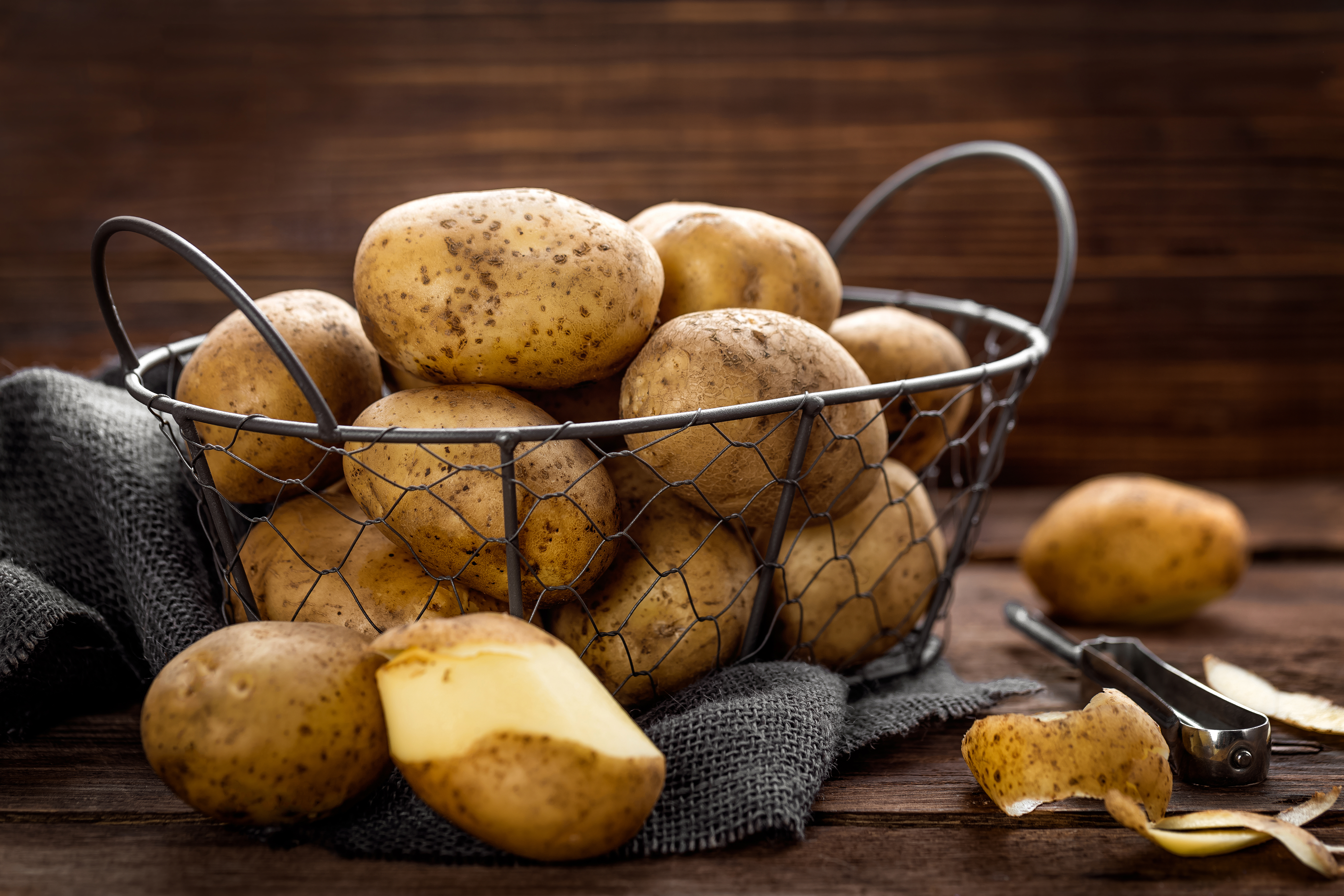
The potato's journey from the Peruvian highlands to a global comfort food is a testament to its adaptability and resilience. Native to the Andean region, potatoes were first cultivated by the Inca civilization, who developed numerous varieties suited to different climates and altitudes. Spanish explorers introduced potatoes to Europe in the 16th century, where they were initially met with scepticism. However, their high yield and nutritional value eventually won over European farmers, leading to widespread cultivation. The potato was crucial in shaping modern agriculture and cuisine, particularly in Ireland, where it became a dietary staple. The 19th-century Irish Potato Famine, caused by a potato blight, underscored the crop's importance and vulnerability. Today, potatoes are a beloved comfort food, enjoyed in countless forms, from mashed potatoes to French fries. Their journey from the Andes to dinner tables worldwide reflects the complex interplay of cultural adaptation, agricultural innovation, and historical events in shaping food destinies.
6. Coffee: From Ethiopian Highlands to Global Brew

Coffee's rise from the Ethiopian highlands to a global brew is a story of cultural diffusion and economic impact. Legend has it that coffee was discovered by an Ethiopian goat herder named Kaldi, who noticed his goats became energetic after eating coffee berries. The beans went to the Arabian Peninsula, where they were cultivated and brewed into a beverage. Coffeehouses, known as Yahweh Khaneh, became popular in the Middle East, serving as hubs for social interaction and intellectual exchange. The 17th century saw coffee's introduction to Europe, where it quickly gained popularity despite initial resistance from authorities. Coffeehouses emerged as centres of commerce and conversation, influencing political and cultural movements. The global coffee trade expanded, with plantations established in Asia, Africa, and the Americas. Today, coffee is a ubiquitous beverage, enjoyed by millions worldwide in various forms, from espresso to cold brew. Its journey from Ethiopian highlands to global brew underscores the power of cultural exchange and economic networks in shaping food destinies.
7. Cheese: From Accidental Discovery to Gourmet Delight
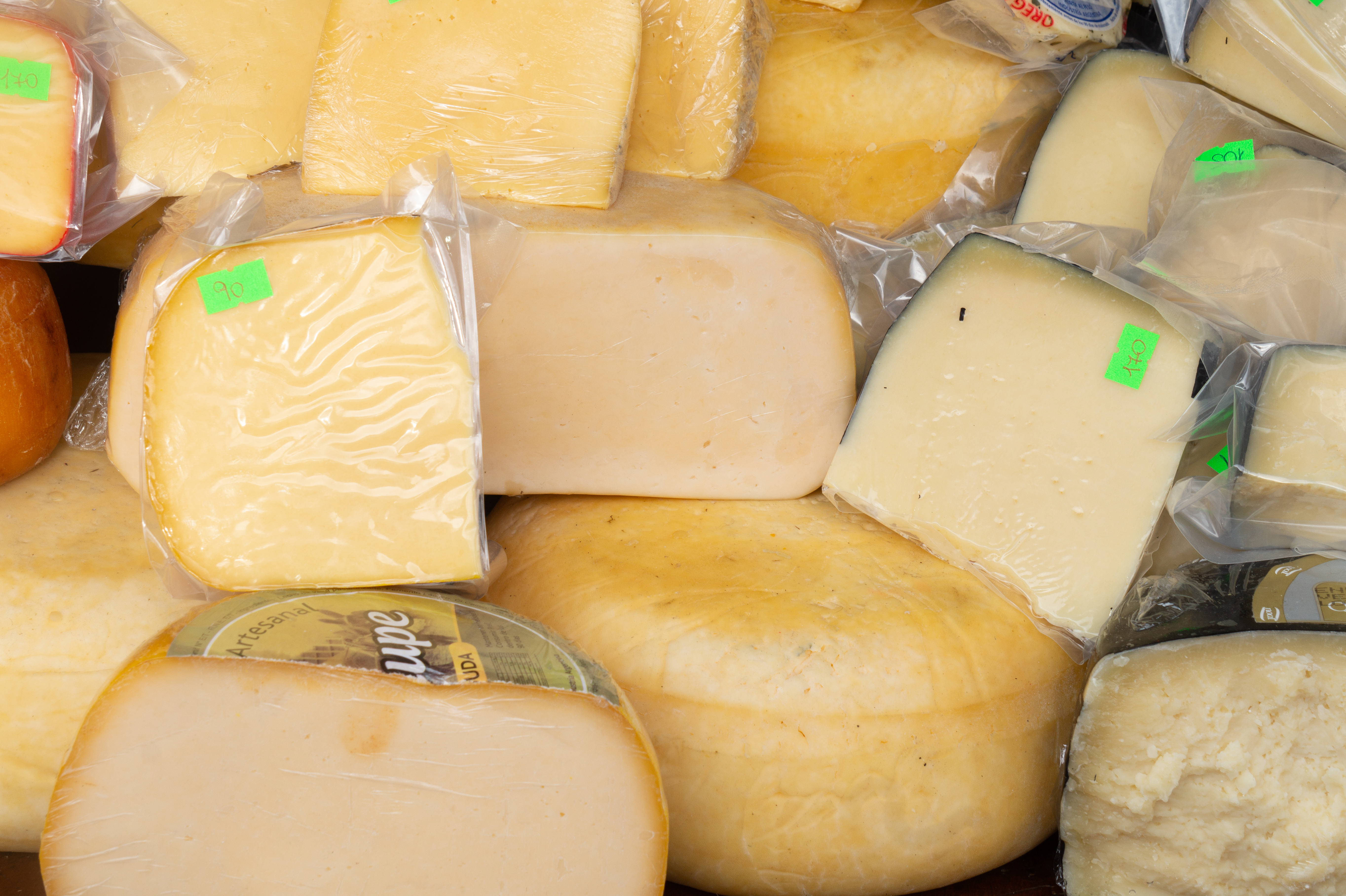
Cheese's evolution from an accidental discovery to a gourmet delight is a testament to human ingenuity and culinary creativity. The origins of cheese-making are shrouded in mystery, but it's believed to have been discovered by accident when milk was stored in containers made from animal stomachs, causing it to curdle. Ancient civilizations, including the Egyptians, Greeks, and Romans, developed cheese-making techniques, creating a variety of cheeses with different flavours and textures. The Middle Ages saw the rise of monastic cheese-making, with monks perfecting the art of ageing and flavouring cheeses. The Renaissance and Industrial Revolution further advanced cheese production with innovations in pasteurization and mechanization. Today, cheese is a gourmet delight, with thousands of varieties enjoyed worldwide. Cheese's journey reflects the interplay of tradition and innovation in food evolution from artisanal cheeses crafted by hand to mass-produced varieties. Its transformation from a simple dairy product to a culinary art form highlights the enduring appeal of cheese as a versatile and beloved food.
8. Bread: From Ancient Grains to Artisan Loaves
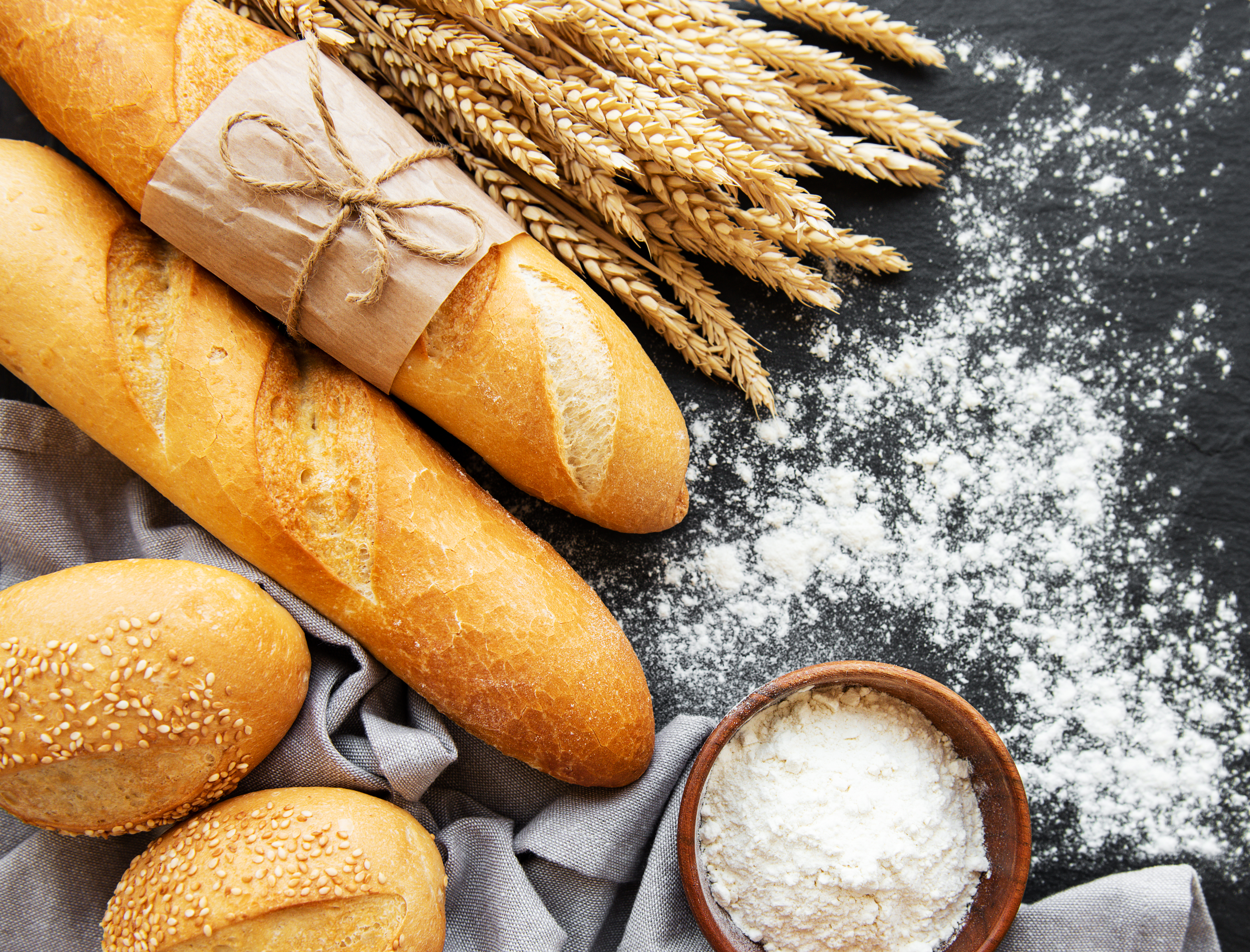
Bread's evolution from ancient grains to artisan loaves is a cultural adaptation and culinary craftsmanship story. One of the oldest prepared foods, bread has been a staple in human diets for millennia. Early breads were simple flatbreads made from wild grains, but the advent of agriculture allowed for the cultivation of wheat and other cereals, leading to more complex leavened breads. Ancient Egyptians are credited with developing the first leavened bread, using natural yeasts to create a light, airy texture. The Industrial Revolution transformed bread production, with mechanized milling and baking processes making bread more accessible and affordable. However, the late 20th century saw a resurgence in artisan bread-making, with bakers embracing traditional techniques and heirloom grains to create flavorful, textured loaves. Today, bread is celebrated as a staple and culinary art form, with endless varieties and flavours. Its journey from ancient grains to artisan loaves reflects the balance between tradition and innovation in food culture and the enduring importance of bread in human history.
9. Bananas: From Wild Fruits to Global Commodity
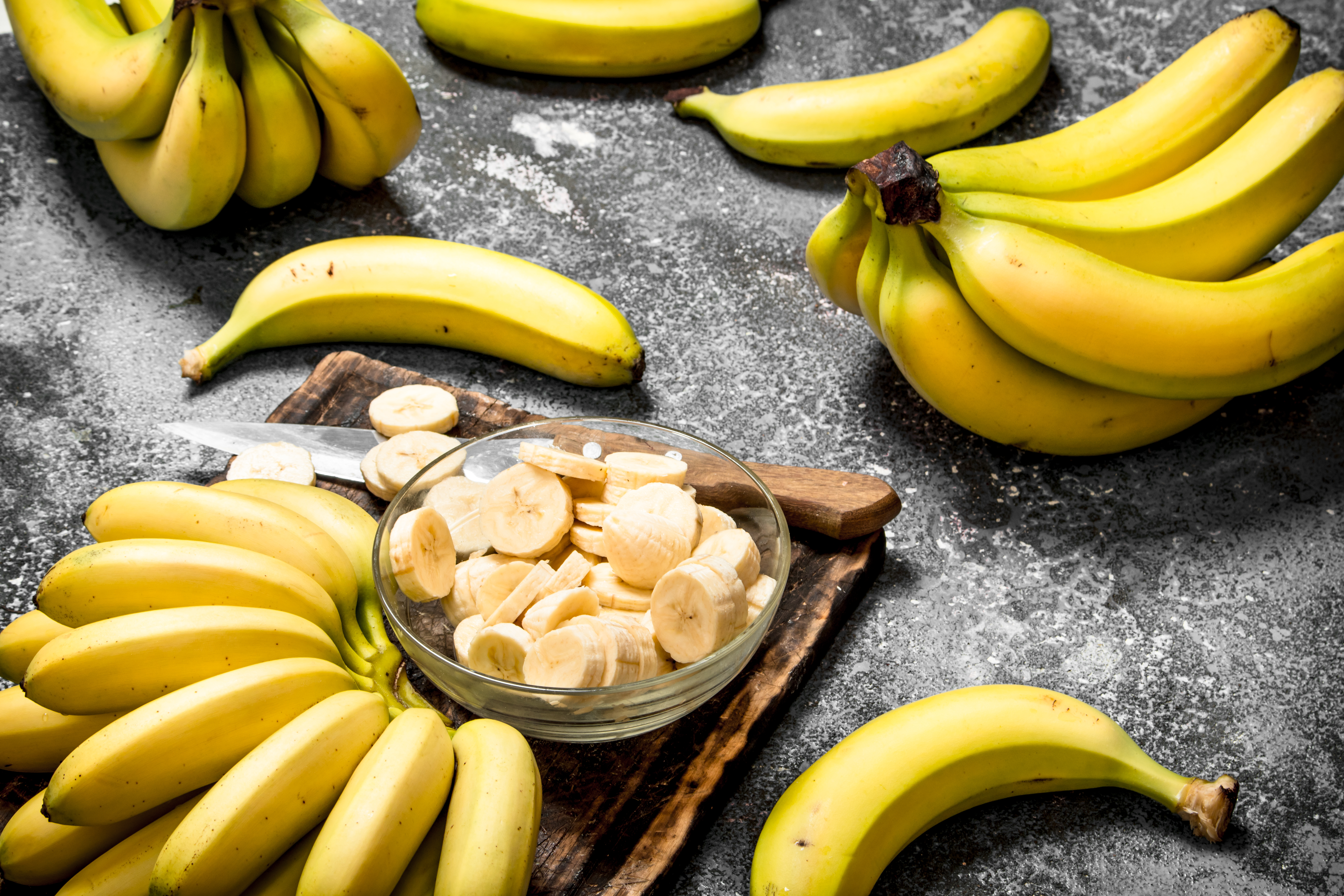
Bananas' transformation from wild fruits to a global commodity is a tale of agricultural innovation and economic impact. Originating in Southeast Asia, wild bananas were small and filled with seeds, quite different from the sweet, seedless varieties we enjoy today. Early cultivation efforts in Papua New Guinea and the Philippines led to the development of more palatable bananas, which spread to Africa and the Middle East through trade routes. The 19th century saw the rise of the banana trade, with companies like United Fruit (now Chiquita) establishing plantations in Central and South America. The development of refrigerated shipping allowed bananas to be transported globally, making them a popular and affordable fruit. However, the banana industry has faced challenges, including disease outbreaks and labour disputes. Today, bananas are a staple in many diets, enjoyed fresh or used in various dishes. Their journey from wild fruits to a global commodity highlights the complex interplay of agriculture, economics, and globalization in shaping food destinies.
10. Wine: From Ancient Rituals to Modern Connoisseurship

Wine's evolution from ancient rituals to modern connoisseurship is a story of cultural significance and craftsmanship. Archaeological evidence suggests that wine production dates back to at least 6000 BCE in the Caucasus region. Ancient civilizations, including the Egyptians, Greeks, and Romans, revered wine for its intoxicating effects and used it in religious ceremonies and social gatherings. The Roman Empire facilitated the spread of viticulture across Europe, which established vineyards and developed winemaking techniques. The Middle Ages saw the rise of monastic winemaking, with monks preserving and refining viticultural knowledge. The Renaissance and Enlightenment periods further advanced wine production, with scientific discoveries and improved techniques enhancing quality and consistency. Today, wine is celebrated as a beverage and an art form, with a rich diversity of styles and flavours. The global wine industry is a testament to the enduring appeal of wine and the intricate interplay of tradition, innovation, and cultural exchange in shaping its destiny.
The Ever-Evolving Tapestry of Food

The stories of these ten foods reveal food history's intricate and ever-evolving tapestry. From radishes and chocolate to bananas and wine, each food has undergone a unique journey, shaped by cultural exchanges, technological advancements, and historical events. These transformations highlight the dynamic nature of food as it adapts to new environments, tastes, and societal needs. They also underscore the interconnectedness of human societies, as culinary traditions and innovations are shared and adapted across cultures and generations. As we continue to explore and innovate, these foods' destinies and countless others will undoubtedly evolve, reflecting the ongoing dialogue between tradition and modernity. The journey of food is a testament to human creativity and resilience, illustrating how we continually reimagine and repurpose the natural world to nourish our bodies and enrich our lives. As we savour the flavours and stories of these foods, we are reminded of their profound impact on our cultures, economies, and identities, shaping not only what we eat but also who we are.






